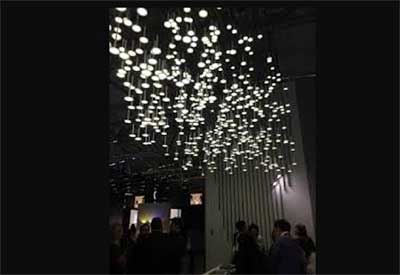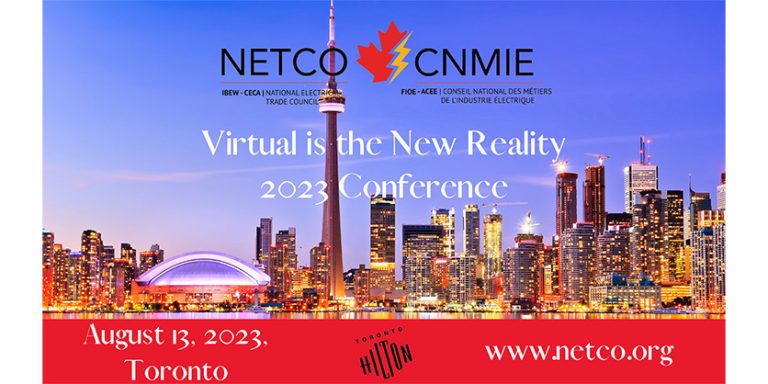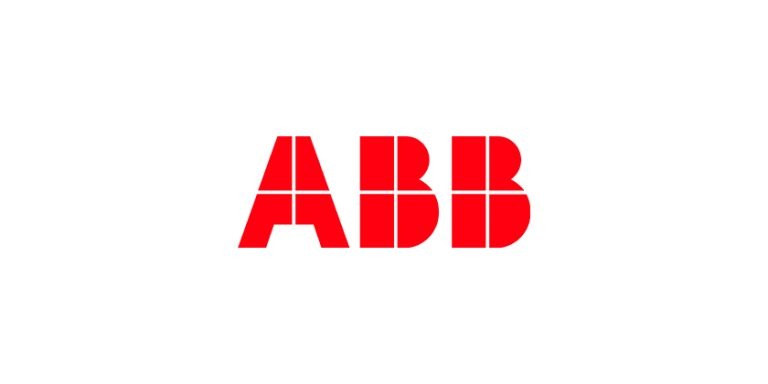Évolution des systèmes de commandes d’éclairage : 2epartie

Jusqu’à tout récemment, les systèmes de commandes d’éclairage étaient des systèmes de panneaux de relais de prises de basse tension et un programme quelconque pour les horaires ou une horloge. Les innovations technologiques ont permis l’arrivée d’une révolution ou presque dans les commandes d’éclairage, en faisant le passage de l’analogique au numérique. Le résultat s’est traduit par des installations simplifiées et des possibilités plus grandes. Les codes énergétiques sont également devenus plus sévères avec l’arrivée de ces nouvelles technologies et l’accroissement de la demande.
Lighting controls are readily used in commercial, industrial and residential buildings to save energy. They are also mandated through their inclusion in government building codes and encouraged through energy standards such as ASHRAE 90.1 and LEED.
But the origin of lighting controls is in the theatre. London’s Savoy Theatre was the first in the world to install an electric lighting system in 1881; it used over 1,150 lights to illuminate the stage and auditorium. In 1903, the Metropolitan Opera House in New York City had a similar system featuring 96 resistance dimmers. These first controllers were bulky and complicated; they provided little actual control — dimming only — and required manual operation.
We’ve come a long way and continue to realize advancements in dimming technology and its capabilities. Dimming is an important tool in lighting control because it can significantly contribute to energy savings, while minimizing the impact on occupants. Daylight harvesting can be seamlessly achieved, for example, by gradually dimming lighting as ambient daylight increases. Simplification is achieved also by dimming one zone rather than by sequentially switching off multiple sub-zones.
Dimming systems are becoming more affordable. LED technology, for example, is inherently dimmable and new generations of LED lighting and drivers provide dimming as a standard feature. Also, lower cost digital controllers allow for local devices to provide dimming functionality without the need for large, centralized dimming racks and panels.
However, while the use of digital equipment is on the rise, many of the familiar analogue line and low voltage dimming protocols are still commonplace, including two and three wire phase dimming and 0-10V.
Forward phase dimming
Known as standard, forward or leading edge phase control, this protocol is typically known for its use with incandescent (resistive) loads and MLV transformers (inductive loads). To dim these light sources, the line voltage AC waveform is “delayed” at the beginning of the cycle; the longer the power is delayed, the greater the dimming of the light source. It is a cheap solution for single zone dimming and retrofits since it uses the existing line voltage wiring. While inefficient MLV and incandescent loads are being phased out, some “incandescent compatible” LED lamps have been designed to work with most 2-wire forward phase dimmers. Typically found in residential and small scale commercial applications, forward phase has a restricted low-end dimming limit.
Reverse phase dimming
Known as reverse or trailing-edge phase control, this protocol was developed to accommodate ELV transformers (capacitive loads). Similar to forward phase dimming, the line voltage AC wave form is “cut off” at the end of each half cycle. As more is cut off, less power is applied to the light source and dimming is increased. While it is more expensive than forward phase dimming, this protocol still provides a relatively cheap solution for single zone dimming since it uses the same line voltage wiring required to power the lighting. Reverse phase shares the same challenges around the low-end dimming limit as forward phase, but is typically compatible with commercial lighting, including LEDs, owing to the use of electronic drivers.
3-wire phase dimming
A variant of forward phase dimming developed to accommodate fluorescent ballast dimming, two line voltage wires (plus a neutral) are used. The first provides consistent voltage to the ballast for proper cathode heating, thus allowing for a broader dimming range. The second, or dimmed hot, provides the forward phase control signal. This protocol improves dimming performance over a 2-wire system, but loses the simplicity and ease of retrofit. It is typically used in small scale commercial applications.
Phase dimming with LED retrofit lamps
Dimmable LED retrofit lamps for commercial and residential applications are readily available, but should be carefully considered for critical dimming applications. Wide variations that exist in both the dimmer and LED source characteristics can lead to equally wide variations in dimming performance and compatibility. This compatibility between the controller and the light source is difficult to predict, so mock-up testing is often the best course of action.
0-10V analogue
Sometimes referred to as 4-wire dimming since the power and control signals are supplied over separate pairs of wires, 0-10V dimming has been commonly used in commercial dimming systems of all sizes for many years. It is emerging as the default dimming option with commercial LED fixtures. One reason for its rise in popularity was its documented open standards and consistent performance. The protocol uses two low-voltage, polarity-sensitive conductors to provide a dimming signal, while power is supplied separately to ensure proper operation of the driver. Low end dimming limit and reliability are improved over other analogue protocols, and can be more easily calibrated to provide logarithmic light output to closely match the human eye’s perception of changing light levels.
Examples of 0-10V protocol standards are:
• NEMA ANSI C82.11 Standard for High Frequency Fluorescent Lamp Ballasts, Annex A, Low Voltage Control Interface for Controllable Ballasts Supplements
• IEC 60929 Annex E, 0-10V Sinking (lighting control)
• ANSI E1.3 0-10V Sourcing (theatrical control)
Digital addressable lighting interface (DALI)
While many digital dimming control protocols have been brought to the market requiring special and often proprietary equipment, DALI has emerged as a leader through its use of an open, non-proprietary digital standard. Guided by international standard IEC 62386, DALI is similar to 0-10V in its use of separate line voltage and low voltage wiring and since components from different manufacturers are interchangeable. But the similarities end there. The digital protocol provides individually addressable dimming control and bi-directional communication for data feedback. For example, if a driver fails, the system can provide instant notification of required maintenance.
Looking forward
As manufacturers continue to simplify, educate and perhaps even work together, reservations in the industry that surround dimming will gradually disappear. Not only are dimming systems becoming more affordable as LED technology permeates the lighting landscape, there are other positives too. For example, we have the ability to adjust correlated colour temperature (CCT) to match the familiar warming appearance of dimmed incandescent lighting or to support circadian rhythms to promote health and wellbeing. In addition, as building codes continue to require greater energy savings and as control system prices continue to drop, leveraging dimming technology to provide the solution will be an easy decision.
Andrew Parker, P.Eng., LC, LEED AP is a controls and lighting specialist at Salex in Toronto and a member of the Illuminating Engineering Society of North America (IES). Salex is a lighting agency in southern Ontario, distributing and facilitating commercial lighting systems for architects, engineers and designers; www.salex.ca.
This article is the second of two by the author about the evolution of building controls. Part I appeared in the June 9 issue: http://electricalindustry.ca/latest-news/1354-the-evolution-of-lighting-controls-part-i.












